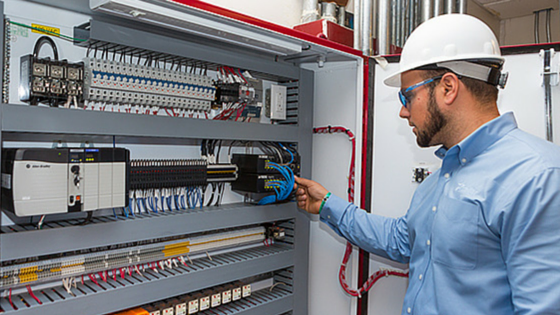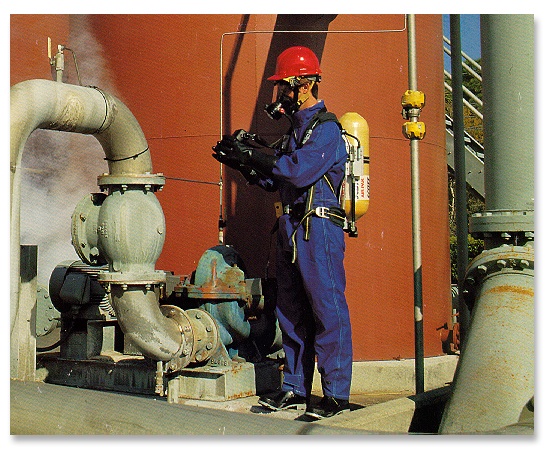[Infographic] 6 Benefits of a CO2/NH3 Cascade System
CO2/NH3 cascade systems offer food processors a practical way to increase efficiency. By using two centralized refrigeration systems working in unison to provide cooling temperatures, they maximize the effect of carbon dioxide and ammonia. The high-temperature system pulls heat away from the low-temperature system, which in turn uses recirculated liquid to cool the evaporators.
Cascade systems that use CO2 as a secondary refrigerant offer unique advantages. Carbon dioxide is nontoxic and nonflammable, and is also less likely to damage food products in the event of a release. For food plant owners, CO2/NH3 cascade systems offer six key benefits, which are detailed below.
Continue Reading “[Infographic] 6 Benefits of a CO2/NH3 Cascade System”



![[Infographic] 6 Benefits of a CO2/NH3 Cascade System](https://stellarfoodforthought.net/wp-content/uploads/2016/02/6-Benefits-2.png)
![[Infographic] 2 Key Questions to Answer Before Your Packaged Refrigeration Equipment Installation](https://stellarfoodforthought.net/wp-content/uploads/2016/01/Screen-Shot-2016-01-14-at-4.41.15-PM.png)






![[Infographic] Factors That Influence Cold Storage Warehouse Cost Savings](https://stellarfoodforthought.net/wp-content/uploads/2015/09/Infographic-Factors-That-Influence-Cold-Storage-Warehouse-Cost-Savings.png)
